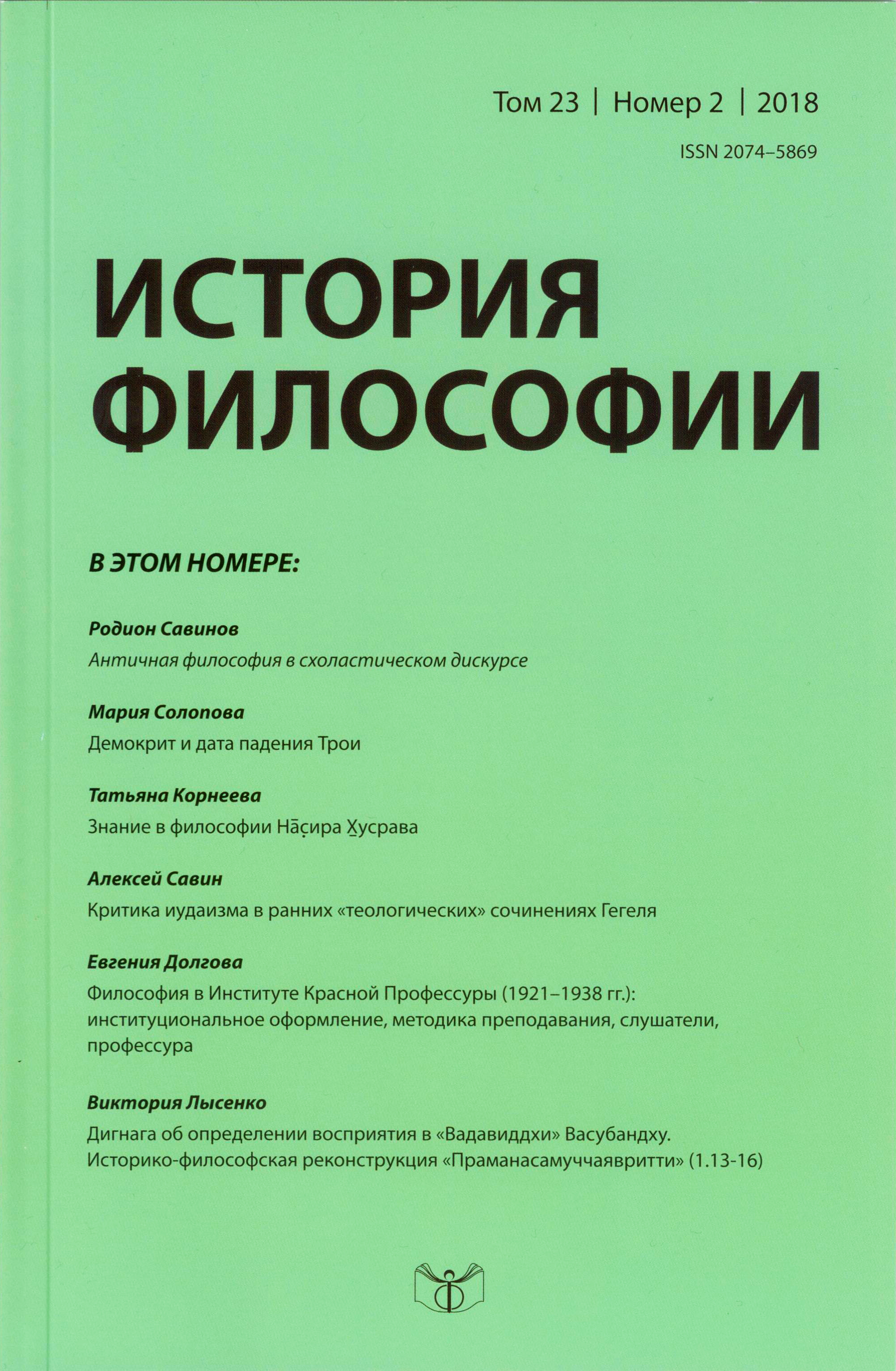“Yogācārabhumi-Śāstra” as a Historical and Philosophical Source
DOI:
https://doi.org/10.21146/2074-5869-2018-23-2-32-43Keywords:
Yogācārabhūmi-śāstra, Asaṅga, Māhāyana, Vijñānavāda, Yogācāra, Abhidharma, ālayavijñāna citta, bhūmi, mind, consciousness, meditationAbstract
The article deals with “Yogācārabhūmi-Śāstra” – a treatise on the Buddhist Yogācāra school. Concerning the authorship of this text, the Indian and Chinese traditions diverge: in the first, the treatise is attributed to Asanga, and in the second tradition to Maitreya. Most of the modern scholars consider it to be a compilation of many texts, and not the work of one author. Being an important monument for both the Yogacara tradition and Mahayana Buddhism in general, Yogācārabhūmi-Śāstra is an object of scientific interest for the researchers all around the world. The text of the treatise consists of five parts, which are divided into chapters. The contents of the treatise sheds light on many concepts of Yogācāra, such as ālayavijñāna, trisvabhāva, kliṣṭamanas, etc. Having briefly considered the textological problems: authorship, dating, translation, commenting and genre of the text, the author suggests the reconstruction of the content of the entire monument, made on the basis of his own translation from the Tibetan and Sanskrit. This allows him to single out from the whole variety of topics those topics, the study of which will increase knowledge about the history of the formation of the basic philosophical concepts of Yogācāra and thereby allow a deeper understanding of the historical and philosophical process in Buddhism and in other philosophical movements of India.

